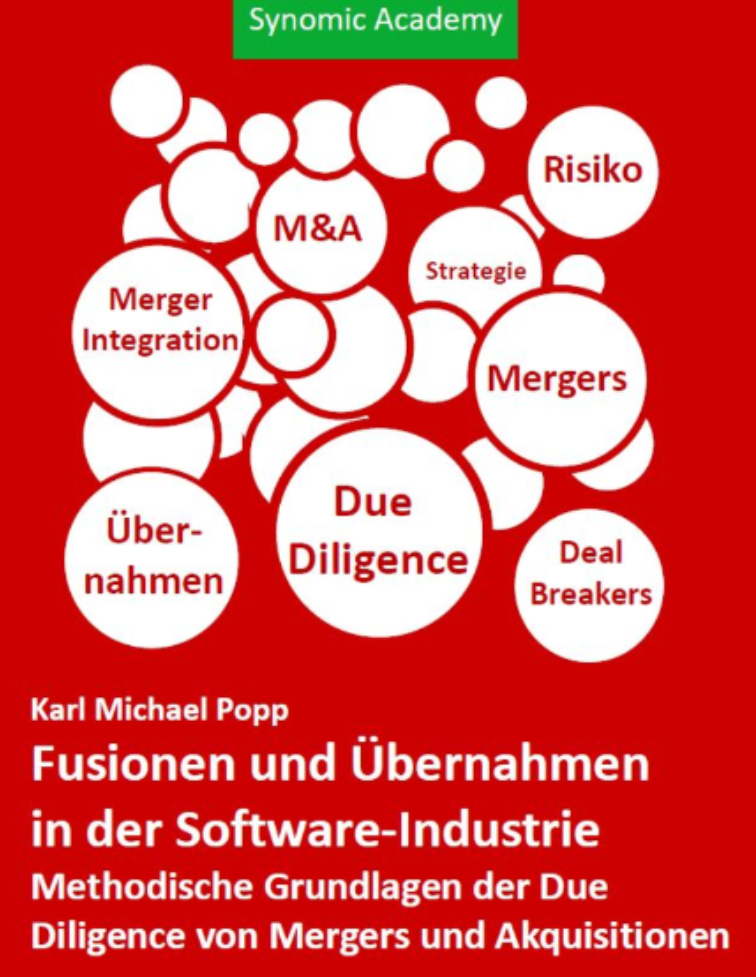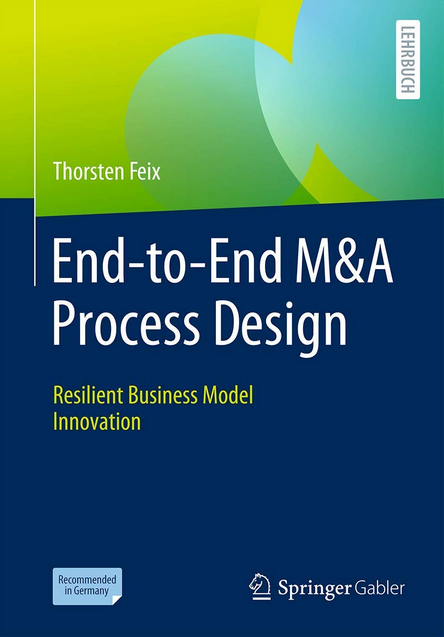How to implement tough decisions during merger integration
Implementing tough decisions during merger integration is a delicate process that requires strategic planning, effective communication, and sensitivity to the concerns of all stakeholders involved. Here are key steps to consider:
1. Clearly Define Objectives:
Clearly articulate the objectives behind tough decisions. Whether it's cost-cutting measures, restructuring, or changes in leadership, employees and stakeholders need to understand the reasons behind the decisions. Give a positive outlook and focus on sensemaking statements.
2. Thorough Planning:
Plan the implementation meticulously. This involves assessing the potential impact on various aspects such as employees, operations, and culture. Identify potential roadblocks and develop strategies to mitigate them.
3. Effective Communication:
Communication is critical during tough decisions. Clearly and transparently communicate the reasons, expected outcomes, and timelines. Address concerns and provide a platform for questions and feedback. Make sure that communication along different communication channels are in synch.
4. Leadership Alignment:
Ensure that leadership at all levels is aligned with the decisions. This alignment is crucial for consistency in messaging and implementation. Leaders should be enabled to explain why measures make sense.
5. Employee Involvement:
Where possible, involve employees in the decision-making process. This doesn’t mean they have a vote in every decision, but seeking input and feedback can improve acceptance and morale.
6. Addressing Cultural Differences:
In a merger, especially if there are cultural differences between the two organizations, it's crucial to address these proactively. Cultural clashes can be a significant obstacle to successful integration.
7. Timely Decision Implementation:
Once decisions are made, execute them promptly. Delays can create uncertainty and anxiety among employees and stakeholders.
8. Support Mechanisms:
Establish support mechanisms for employees affected by tough decisions. This could include counseling services, training programs, or mentorship initiatives.
9. Continuous Monitoring and Adjustment:
Regularly monitor the impact of tough decisions and be prepared to adjust the implementation strategy if necessary. Flexibility is key, especially in a dynamic business environment.
10. Legal and Ethical Compliance:
Ensure that all decisions comply with legal and ethical standards. This includes adherence to employment laws, ethical business practices, and any industry regulations.
11. Recognition of Employee Contributions:
Amidst tough decisions, recognize and acknowledge the contributions of employees. This helps in maintaining morale and fosters a positive work environment.
12. Learning from the Process:
Post-implementation, conduct a thorough review. Understand what worked well and what could have been done differently. Use these insights for continuous improvement in future integrations.
13. External Communication:
Manage external communication carefully, especially if tough decisions might impact the perception of the merged entity in the market. This includes communication with customers, suppliers, and other external stakeholders.
14. Measuring Success:
Define key performance indicators (KPIs) to measure the success of tough decisions. Regularly assess and report progress toward these metrics.
Implementing tough decisions during a merger is challenging, but a well-thought-out strategy, effective communication, and a focus on employee well-being can contribute to a smoother integration process. Always keep the long-term goals and the vision for the merged entity in mind.
Like my thoughts? READ MY NEW BOOK
ORDER AT AMAZON
ORDER IN GERMANY




















